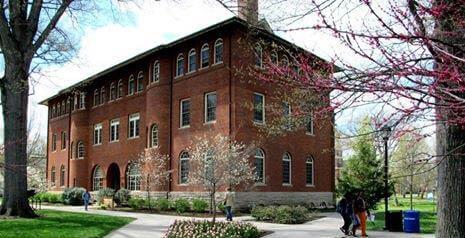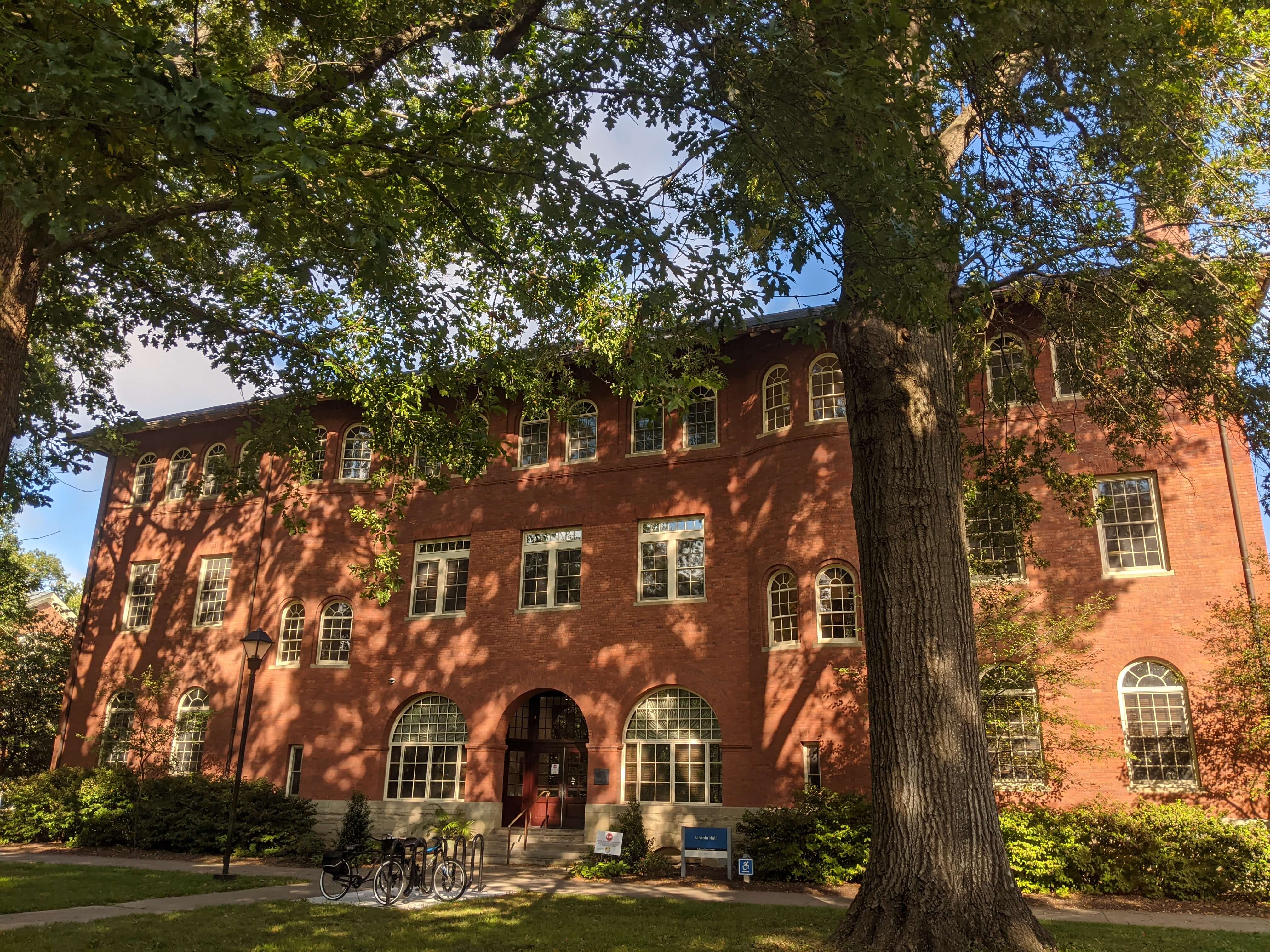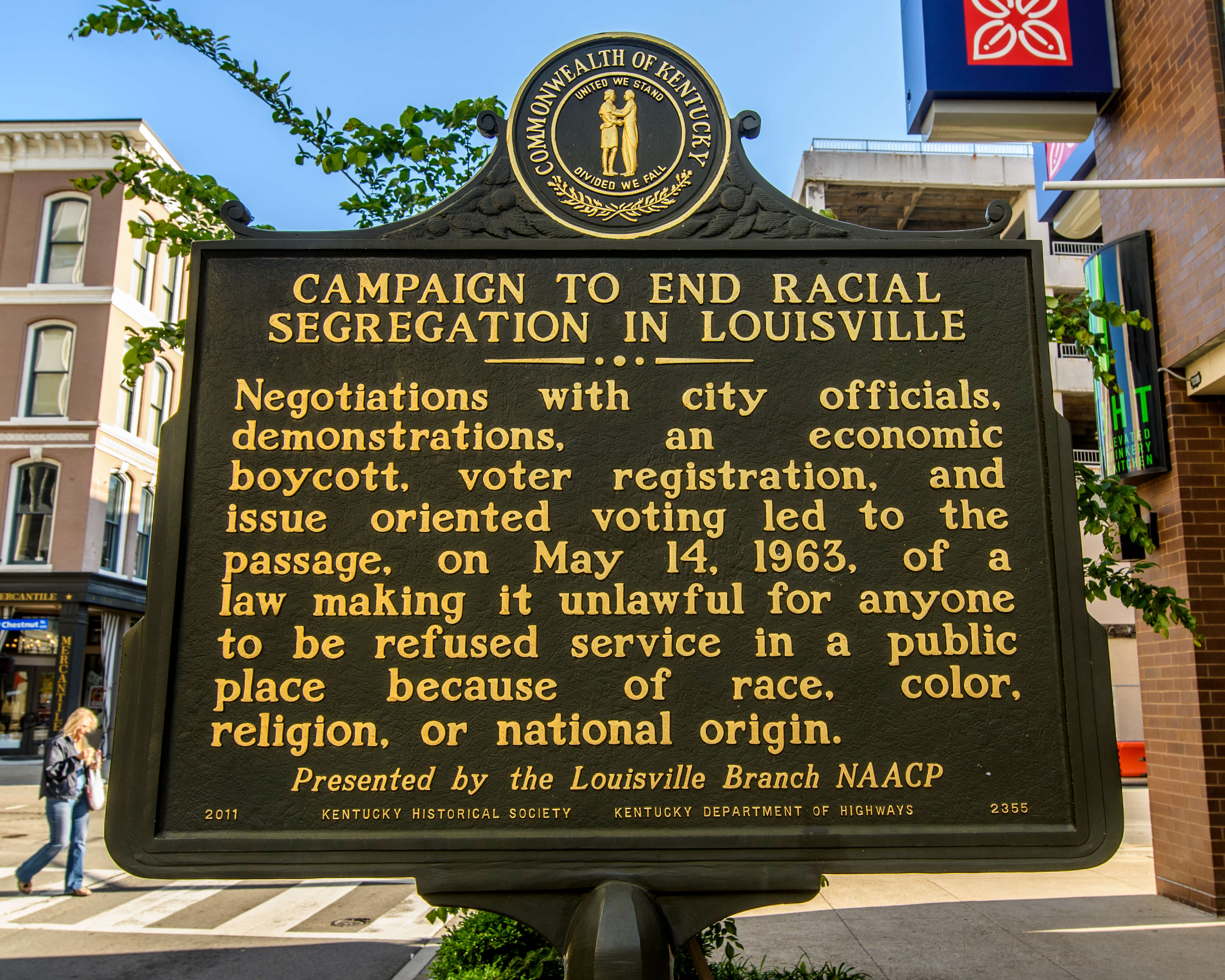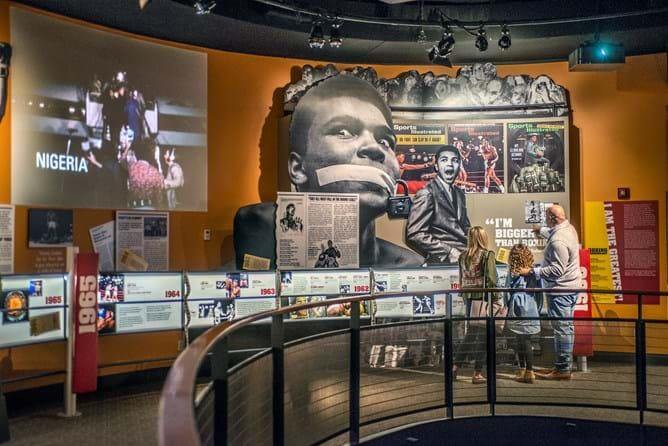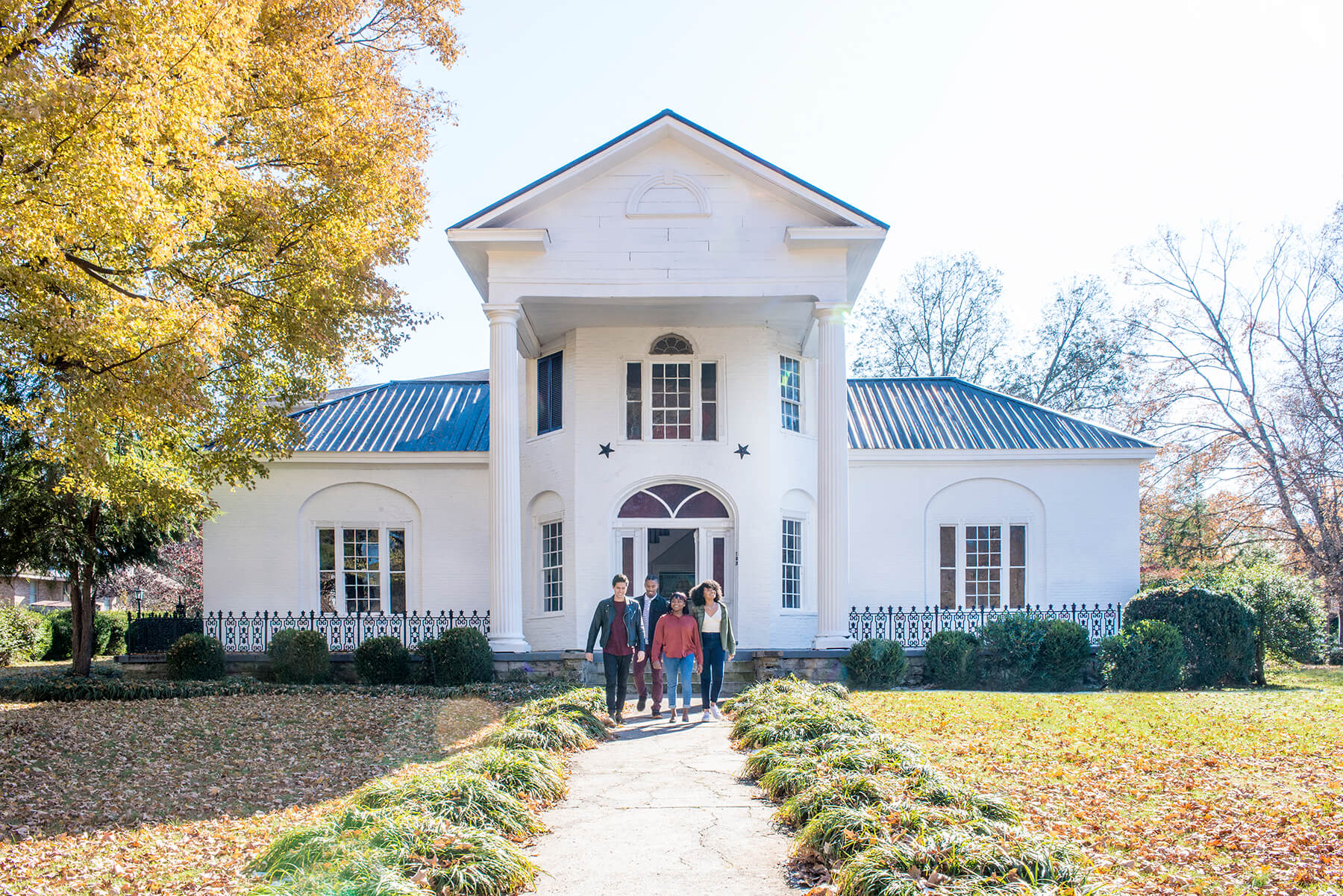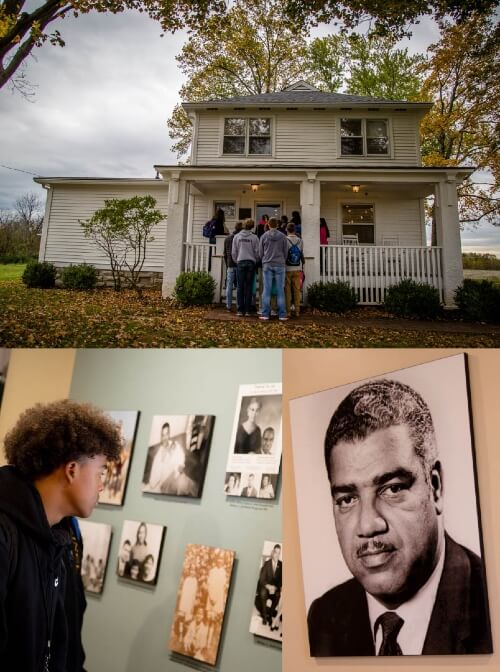Whitney M. Young, Jr. Birthplace
On the campus of what once the Lincoln Institute, an all-black high school, there is a simple wooden house. There, in 1921, one of America’s greatest Civil Rights leaders was born.
Whitney M. Young, Jr. spent his life and career working to end employment discrimination and, as leader of the National Urban League, transformed the organization into one of the foremost catalysts for socioeconomic equality. His campaign for economic equality for the disenfranchised earned him the admiration of some of the most powerful leaders in the country; he was an adviser to three Presidents––Kennedy, Johnson, and Nixon.
Today, you can spend time exploring Young’s legacy at the house where he was born. After his death in 1971, the house was dedicated to his memory and contains photographs, articles and other memorabilia. It was designated a National Historic Landmark in 1984.
